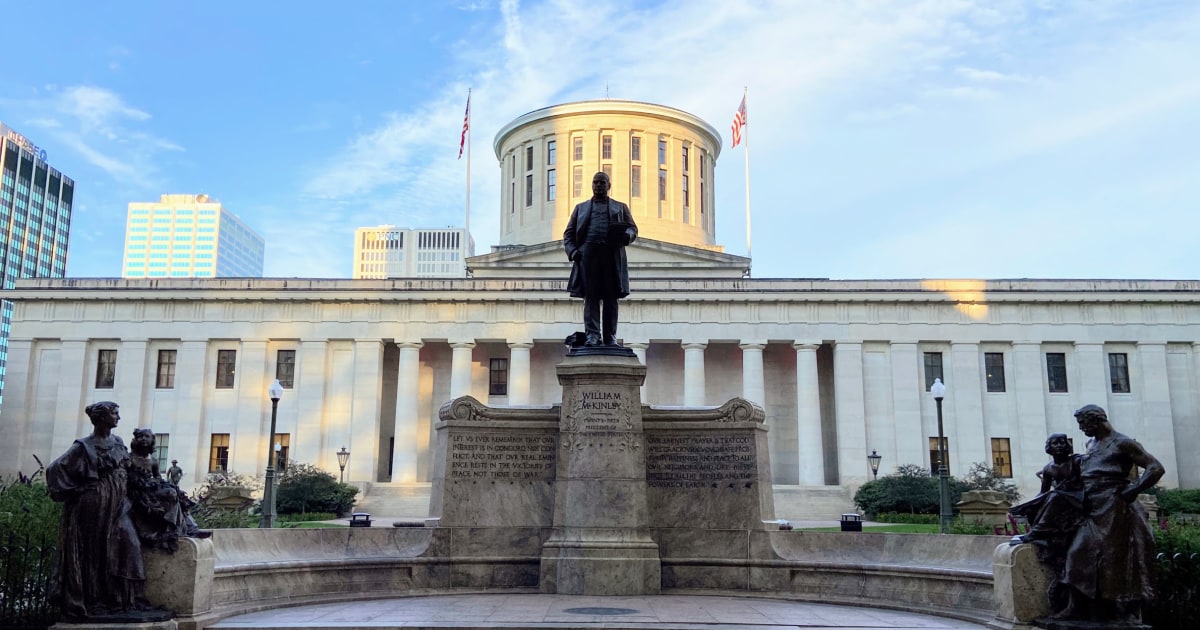Ohio's Bipartisan Deal on Congressional Map Shapes Elections Through 2030

Ohio's Bipartisan Agreement on Congressional Map
Ohio lawmakers have reached an unexpected bipartisan deal to approve a new congressional map that will shape elections through 2030. The agreement reflects a compromise between Republicans and Democrats, slightly favoring the GOP but avoiding an overwhelming advantage. This deal marks a rare moment of cooperation in a politically charged environment, preventing a potential stalemate or court intervention.
Details of the New Districts
The new map adjusts Ohio's congressional delegation from a 10-5 Republican-to-Democratic split to an estimated 12-3 balance. Initially, Republicans aimed for a 13-2 advantage, but concerns over a possible referendum and political backlash led to a more moderate outcome. This approach allows both parties to claim some victories while maintaining competitive districts in key areas.
Implications for Future Elections
With this map in place, Ohio’s 2026 elections will reflect the new boundaries, which could influence campaign strategies and voter engagement. The bipartisan nature of the agreement may also set a precedent for future redistricting efforts, emphasizing negotiation over partisan conflict in the state’s political landscape.







